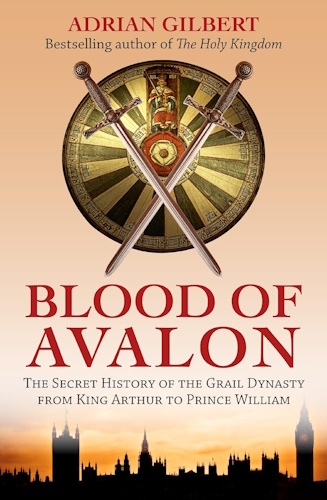

Blood of Avalon: The Secret History of the Grail Dynasty from King Arthur to Prince William

The story of King Arthur and the Grail did not end with his death: research reveals that, through Princess Diana, Prince William Arthur Windsor is descended from Arthur and could be the “Once and future king.” In this extraordinary book, Adrian G. Gilbert reveals the location of many sites central to the Arthurian legend and crucial core teachings of Christianity that were kept secret—until the day a new Arthur, one with the holy blood of the family of Mary, would once again sit upon the British throne.
About the Author
Adrian G. Gilbert is the author or coauthor of ten books, including several Sunday Times bestsellers such as The Orion Mystery (Broadway), The Mayan Prophecies (Element), and The Holy Kingdom (Invisible Cities Press). His books are characterized by scrupulous research coupled with an easy, narrative style that has wide appeal for general readers. He is married and lives with his wife and daughter in Kent.
Paperback: 320 pages
Publisher: Watkins (September 3, 2013)
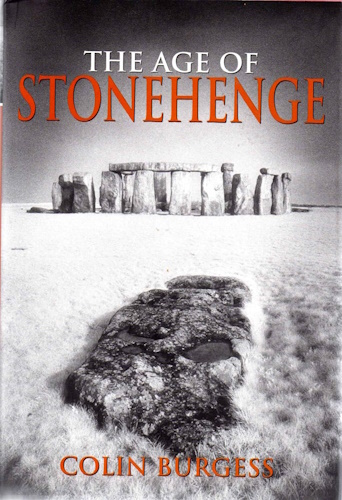

Colin Burgess brings to life the history of Britain and Ireland between 3000 and 1000 BC.
Hardcover: 402 pages
Publisher: Castle; First Edition edition (March 1, 2003)
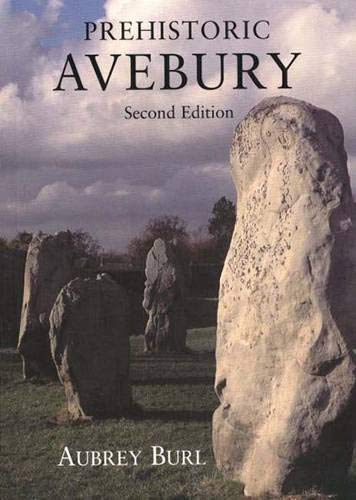

Prehistoric Avebury, Second Edition

An account of the prehistoric stone circles at Avebury, which not only date from an earlier era but are also larger than the more famous sarsen stone circle of Stonehenge. Written by an archaeologist, the text considers aspects of Avebury's history and construction and discusses the probable purpose of these massive structures, in the process seeking to create a vivid and moving picture of their creators - a primitive people whose lives were brief, savage and fearful.
Paperback: 272 pages
Publisher: Yale University Press; 2 edition (June 1, 2002)
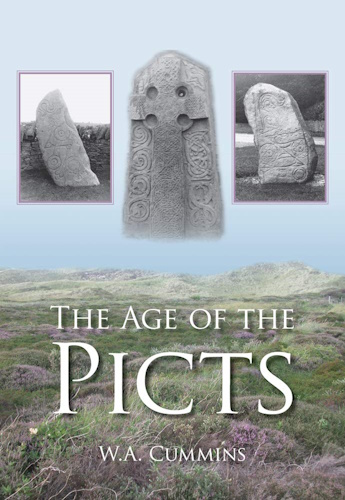

From the Back Cover
The Pictish nation, forged in the shadow of the Roman empire, was the dominant power in northern Britain for more than five hundred years. Those who have tailed to find a satisfactory account of Pictish history will find this book invaluable. It provides a fresh look at the whole Pictish story, placing it firmly in its true historical context and reassessing topics such as the legend of Drust son of Erp and St Columba's mission to the Picts. There are unusual but useful comparisons with contemporary events in Wales and England as well as new and controversial interpretations of Sueno's Stone and Pictish symbols, and a fresh explanation of what happened in 843 when the Scots took over Pictland. Illustrated throughout by over forty maps, photographs and line illustrations, The Age of the Picts is a stimulating survey which will interest not only the student of Dark Age history but also anyone fascinated by the mystery of the Picts.
About the Author
W. A. Cummins is the author of King Arthur's Place in Prehistory.
Paperback: 192 pages
Publisher: The History Press (July 1, 2009)
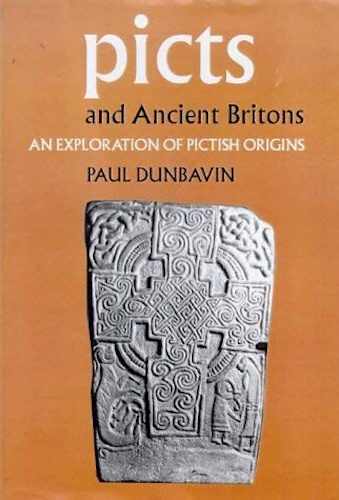

Picts and Ancient Britons: An Exploration of Pictish Origins

Few problems in British history have proved as intractable as that of the origin and ethnic associations of the Picts. For although we may find numerous references to them within Roman and Celtic sources they have left us no historical texts of their own. So often we find the early Picts mentioned within histories of Roman Britain as mere opponents of Roman arms -- but who these tattooed barbarians were remains a mystery. Modern opinion holds that the Picts were Celts, like the Scots and Welsh. This book seeks to demonstrate the scarcity of evidence for this common assumption and follows instead the evidence of native tradition. In a stimulating new study the author offers a view of the Picts that is certainly not the current text book standard. It concentrates on the very oldest traditions of Pictish origins, which together with early historical sources, would suggest that the Picts were not Celts at all, but ‘Scythians’. It will put an alternative case that the Picts were Finno-Ugrian immigrants from the Baltic coast. The author provides an investigation which subjects the traditions of Pictish origin to thorough scrutiny and by offering a viewpoint that does not commence from a Celtic bias, thereby offers some new ideas on a much neglected subject. Originally published in 1998 and for some years out of physical print, this new edition will make this unique research available once again to researchers who are looking both for a source book of the earliest literary references to the people of Scotland and wish to take the research further. Equally interesting to Scots who just want to understand their own past.
Hardcover: 144 pages
Publisher: Third Millenium Publishing (June 1, 1998)
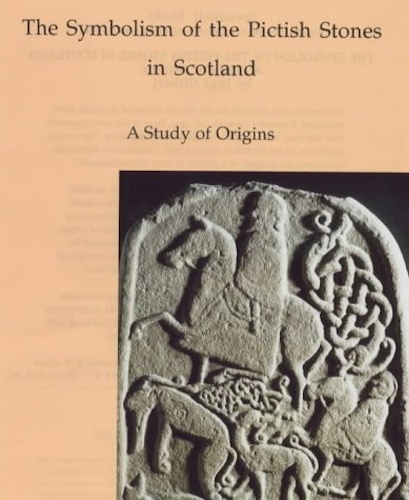

The Symbolism of the Pictish Stones in Scotland: A Study of Origins

No details.
Paperback: 272 pages
Publisher: Speedwell Books (September 1995)
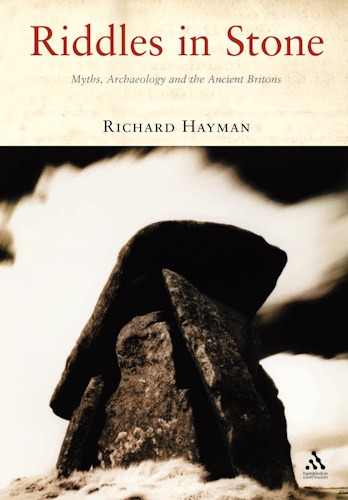

Riddles in Stone: Myths, Archaeology and the Ancient Britons

Who built Avebury and Stonehenge? Why and when were more than 600 stone circles, and thousands of barrows and cairns, erected in prehistoric Britain? What were they used for and what do they tell us about the beliefs and culture of their builders? Riddles in Stone is a history of the extraordinary variety of answers that have been given to these questions, by amateurs and professionals, archaeologists and astronomers, mystics and systems theorists.
While modern excavation and radiocarbon dating has undoubtedly advanced our knowledge of the sequence and date of the monuments, their purpose and meaning is still hotly debated. Indeed no previous century has changed its mind so often as the twentieth - or provided such a welter of differing opinions. Each theory has as much to say about its own time as it has about prehistory. The stones have been used to enhance the authority of the Bible, to endorse the civilizing mission of the British Empire - and to argue that the Ancient Britons could work a computer. In a reaction to modern industrial society, they have been credited with spiritual powers and natural energies.
Even the views of modern archaeologists often seem to reflect the latest academic fad, rather than a lasting solution. Riddles in Stone is an entertaining and instructive account of a debate on a subject of endless fascination.
About the Author
Richard Hayman is an archaeologist and architectural historian who writes on the history of the British landscape. His other books include Riddles in Stone: Myths, Archaeology and the Ancient Britons.
Paperback: 332 pages
Publisher: Bloomsbury Academic (January 15, 2007)
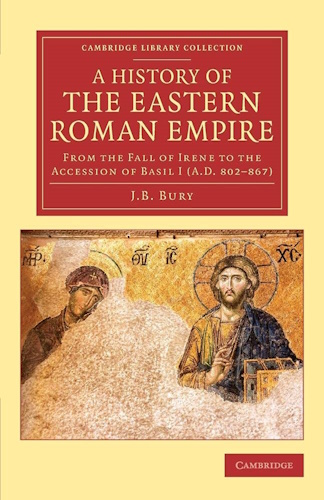

A History of the Eastern Roman Empire: From the Fall of Irene to the Accession of Basil I (A.D. 802-867) (Cambridge Library Collection - Medieval History)

The classical historian J. B. Bury (1861-1927) was the author of a history of Greece which was a standard textbook for over a century. He also wrote on the later history of the Roman empire, and, in this 1912 work, examines the Byzantine empire in the ninth century. The book is a continuation of his two-volume History of the Later Roman Empire of 1889, which covers the period from 395 to 800 (and is also reissued in this series), and reflects Bury's belief that the century-long so-called Amorian epoch 'is not a mere epilogue, and is much more than a prologue' between the better-known periods of Byzantine history that preceded and followed it. In this period, iconoclasm again became a cause of civil strife, and wars on the eastern frontier were a strain on the military resources of the empire, while at least two of the emperors were murdered.
Book Description
This 1912 work argues that the 'Amorian epoch' of the ninth century should not be overshadowed by the better-known periods of Byzantine history before and after it. Bury describes how iconoclasm again became a cause of civil strife, and wars on the eastern frontier strained the empire's resources.
Series: Cambridge Library Collection - Medieval History
Paperback: 554 pages
Publisher: Cambridge University Press (March 5, 2015)


The History of the Jewish Khazars (Princeton Oriental studies)

A wry, fictional account of the life of Christ by Nobel laureate Jose Saramago
A brilliant skeptic, Jose Saramago envisions the life of Jesus Christ and the story of his Passion as things of this earth: A child crying, the caress of a woman half asleep, the bleat of a goat, a prayer uttered in the grayish morning light. His idea of the Holy Family reflects the real complexities of any family, and as only Saramago can he imagines them with tinges of vision, dream, and omen. The result is a deft psychological portrait that moves between poetry and irony, spirituality and irreverence of a savior who is at once the Son of God and a young man. In this provocative, tender novel, the subject of wide critical discussion and wonder, Saramago questions the meaning of God, the foundations of the Church, and human existence itself.
Series: Princeton Oriental studies
Hardcover: 293 pages
Publisher: Princeton University Press (1954)
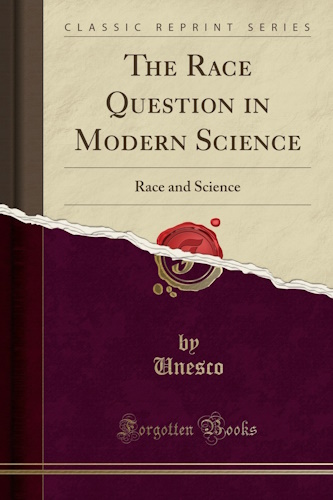

The Race Question in Modern Science: Race and Science

Excerpt from The Race Question in Modern Science: Race and Science
Race and culture, by Michel Leiris Scope and concept of 'race' Man and his cultures There is no inborn racial aversion.
About the Publisher
Forgotten Books publishes hundreds of thousands of rare and classic books. Find more at www.forgottenbooks.com
This book is a reproduction of an important historical work. Forgotten Books uses state-of-the-art technology to digitally reconstruct the work, preserving the original format whilst repairing imperfections present in the aged copy. In rare cases, an imperfection in the original, such as a blemish or missing page, may be replicated in our edition. We do, however, repair the vast majority of imperfections successfully; any imperfections that remain are intentionally left to preserve the state of such historical works.
Paperback: 512 pages
Publisher: Forgotten Books (July 20, 2017)
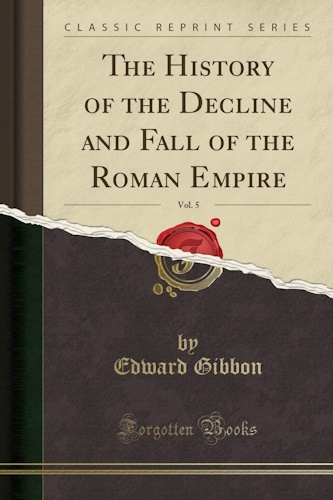

The History of the Decline and Fall of the Roman Empire, Vol. 5 (Classic Reprint)

Excerpt from The History of the Decline and Fall of the Roman Empire, Vol. 5
The remarkable alteration of his charaéler or conduét, may not be imputed to the arts of flat tery, which had befieged the (on of Valentinian from his infancy; nor to the headfirong paflions which that gentle youth appears to have ef caped. A more attentive view of the life of Gratian, may perhaps fuggefi. The true caufe of the difappointment' of the public hopes. His apparent virtues, infiead of being the produélions of experience and adverfity, were the premature and artificial fruits of a royal edu cation. The anxious tendernefs of his father was continually employed to beflow on him thofe advantages, which he might perhapsei'teem the more highly, as he himfelf had been de prive'd of them; and the molt ikilful mailers of every fcience, and of every art, had laboured to form the mind and body of the young prince( r).
About the Publisher
Forgotten Books publishes hundreds of thousands of rare and classic books. Find more at www.forgottenbooks.com
This book is a reproduction of an important historical work. Forgotten Books uses state-of-the-art technology to digitally reconstruct the work, preserving the original format whilst repairing imperfections present in the aged copy. In rare cases, an imperfection in the original, such as a blemish or missing page, may be replicated in our edition. We do, however, repair the vast majority of imperfections successfully; any imperfections that remain are intentionally left to preserve the state of such historical works.
Paperback: 410 pages
Publisher: Forgotten Books (March 5, 2018)
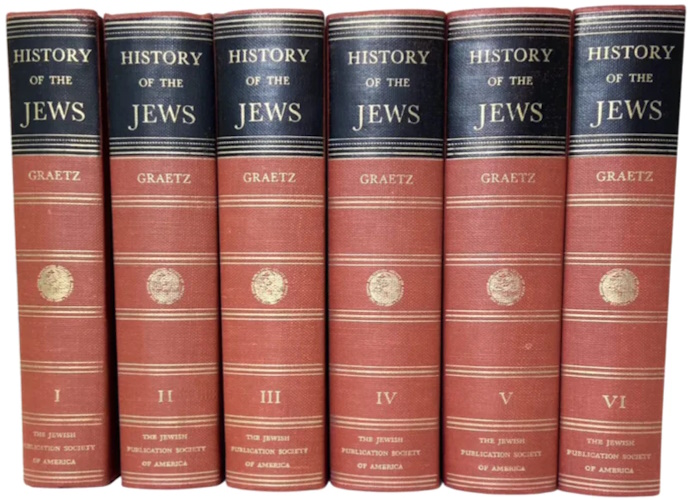

History of the Jews, 6 volumes, Complete Set

This work has been selected by scholars as being culturally important, and is part of the knowledge base of civilization as we know it. This work was reproduced from the original artifact, and remains as true to the original work as possible. Therefore, you will see the original copyright references, library stamps (as most of these works have been housed in our most important libraries around the world), and other notations in the work.
This work is in the public domain in the United States of America, and possibly other nations. Within the United States, you may freely copy and distribute this work, as no entity (individual or corporate) has a copyright on the body of the work.
As a reproduction of a historical artifact, this work may contain missing or blurred pages, poor pictures, errant marks, etc. Scholars believe, and we concur, that this work is important enough to be preserved, reproduced, and made generally available to the public. We appreciate your support of the preservation process, and thank you for being an important part of keeping this knowledge alive and relevant.
Hardcover: 4130 pages
Publisher: Jewish Publication Society; original printing edition (1898)
![The World History of the Jewish People. Vol. XI (11): The Dark Ages. Jews in Christian Europe 711-1096 [Second Series: Medieval Period. Vol. Two: The Dark Ages] The World History of the Jewish People. Vol. XI (11): The Dark Ages. Jews in Christian Europe 711-1096 [Second Series: Medieval Period. Vol. Two: The Dark Ages]](http://realityroars.com/images/affiliate-creative/the-world-history-of-the-jewish-people--the-dark-ages.jpg)

The World History of the Jewish People. Vol. XI (11): The Dark Ages. Jews in Christian Europe 711-1096 [Second Series: Medieval Period. Vol. Two: The Dark Ages]

No details.
Hardcover: ? pages
Publisher: Rutgers Univ. Press; 1St Edition edition (1966)
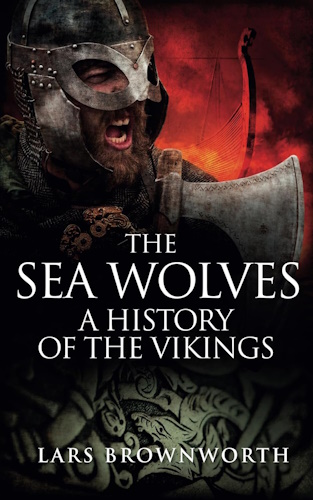

The Sea Wolves: A History of the Vikings

In AD 793 Norse warriors struck the English isle of Lindisfarne and laid waste to it. Wave after wave of Norse ‘sea-wolves’ followed in search of plunder, land, or a glorious death in battle. Much of the British Isles fell before their swords, and the continental capitals of Paris and Aachen were sacked in turn. Turning east, they swept down the uncharted rivers of central Europe, captured Kiev and clashed with mighty Constantinople, the capital of the Byzantine Empire.
But there is more to the Viking story than brute force. They were makers of law - the term itself comes from an Old Norse word - and they introduced a novel form of trial by jury to England. They were also sophisticated merchants and explorers who settled Iceland, founded Dublin, and established a trading network that stretched from Baghdad to the coast of North America.
In The Sea Wolves, Lars Brownworth brings to life this extraordinary Norse world of epic poets, heroes, and travellers through the stories of the great Viking figures. Among others, Leif the Lucky who discovered a new world, Ragnar Lodbrok the scourge of France, Eric Bloodaxe who ruled in York, and the crafty Harald Hardrada illuminate the saga of the Viking age - a time which “has passed away, and grown dark under the cover of night”.
About the Author
Lars Brownworth is an author, speaker, broadcaster, and teacher based in Maryland, USA. He created the first history podcast, "12 Byzantine Rulers", which Apple recognized as one of the 'top 50 podcasts that defined their genres'. He has written for the Wall Street Journal and been profiled in the New York Times, who likened him to some of history's great popularisers.
His books include "Lost to the West: The Forgotten Byzantine Empire that Rescued Western Civilization", "The Normans: From Raiders to Kings",, and "The Sea Wolves: A History of the Vikings".
Paperback: 300 pages
Publisher: Crux Publishing Ltd (December 24, 2014)
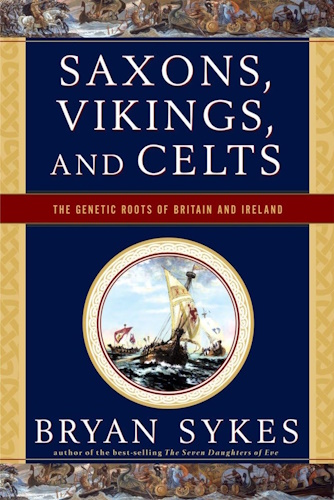

Saxons, Vikings, and Celts: The Genetic Roots of Britain and Ireland

From the best-selling author of The Seven Daughters of Eve, a perfect book for anyone interested in the genetic history of Britain, Ireland, and America.
One of the world's leading geneticists, Bryan Sykes has helped thousands find their ancestry in the British Isles. Saxons, Vikings, and Celts, which resulted from a systematic ten-year DNA survey of more than 10,000 volunteers, traces the true genetic makeup of the British Isles and its descendants, taking readers from the Pontnewydd cave in North Wales to the resting place of the Red Lady of Paviland and the tomb of King Arthur. This illuminating guide provides a much-needed introduction to the genetic history of the people of the British Isles and their descendants throughout the world.
About the Author
Bryan Sykes, professor of human genetics at Oxford University, pioneered the use of DNA in exploring the human past. He is also the founder and chairman of Oxford Ancestors (oxfordancestors.com), which helps individuals explore their genetic roots using DNA. He is the author of Saxons, Vikings, and Celts; The Seven Daughters of Eve, a New York Times bestseller; and Adam’s Curse.
Paperback: 336 pages
Publisher: W. W. Norton & Company; Reprint edition (December 17, 2007)
![]()
![]()